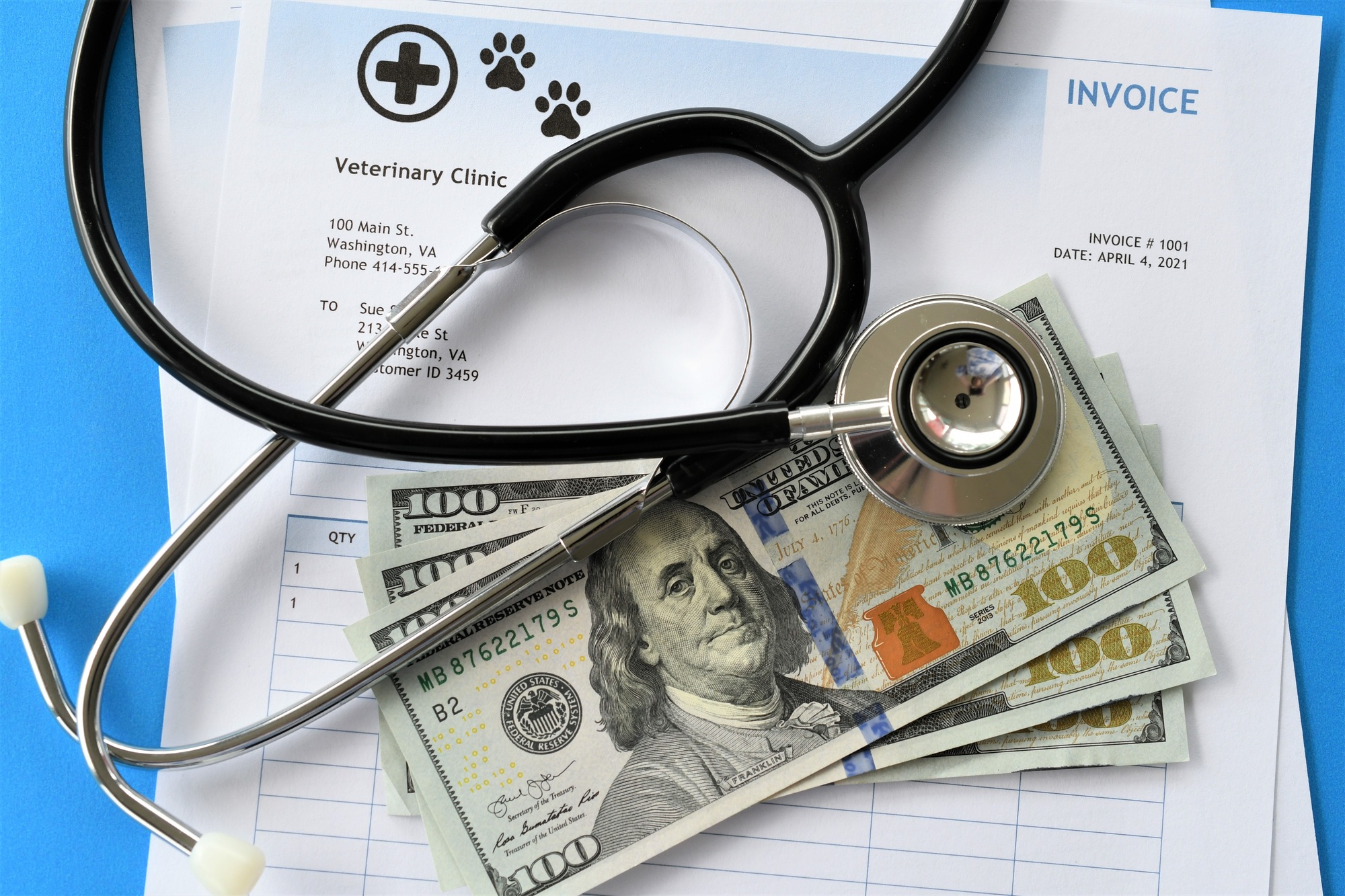Planning for pet expenses and unforeseen veterinary bills can be a daunting task for many pet owners. As the popularity of pet ownership continues to rise, particularly following the COVID-19 pandemic, understanding how to budget effectively for these costs has become increasingly important. With the average annual spending on pets in the U.S. reaching approximately $1,500, the financial implications are significant.
Understanding Pet Ownership Costs
The costs associated with pet ownership extend beyond the initial purchase or adoption fees. Routine expenses such as food, grooming, training, and vaccinations can accumulate quickly. According to the American Pet Products Association (APPA), the average dog owner spends around $1,500 annually, while cat owners can expect to spend approximately $1,200. These figures can vary based on factors such as the breed, size, and health of the pet, as well as geographic location.
Moreover, it is important to consider the unexpected veterinary bills that can arise due to accidents, illnesses, or chronic health conditions. A study published by the pet insurance provider AKC Pet Insurance indicates that 1 in 3 pets will experience a situation that requires unexpected medical attention each year. This emphasizes the necessity for pet owners to be proactive in their budgeting efforts.
Market Impact of Pet Health Insurance
The rising costs of veterinary care have led to a growing interest in pet health insurance, which provides financial support for unexpected medical expenses. The North American Pet Health Insurance Association (NAPHIA) reported a remarkable 23% increase in pet health insurance policies in 2021 alone. This surge underscores a shift in consumer behavior as pet owners seek to mitigate financial risks associated with unforeseen medical challenges.
Premiums for pet insurance plans can range from $20 to $50 per month, depending on the type of coverage and the pet’s age and breed. Evaluating whether to invest in pet insurance can save owners considerable amounts in the long run, especially if their pet requires extensive treatments.
Expert Opinion on Budgeting for Pets
Financial advisors recommend adopting a comprehensive approach to budgeting for pet expenses. “Pet parents should aim to create a detailed budget that encompasses all potential costs—routine, unexpected, and emergency,” says John Smith, a certified financial planner. “This includes setting aside a separate fund specifically for vet bills that can accumulate based on your pet’s anticipated healthcare needs.”
Moreover, experts encourage pet owners to anticipate expenditures by tracking past spending patterns. Analyzing these expenses can provide insight into future costs and help create a more accurate budget.
Creating an Effective Budget
To effectively budget for pet expenses, consider the following steps:
1. **Calculate Routine Costs:** Assess your regular monthly expenses like food, grooming, and routine veterinary checkups.
2. **Set a Vet Emergency Fund:** Aim to save at least three to six months’ worth of routine expenses to cover unexpected medical emergencies.
3. **Research Insurance Options:** Investigate different pet insurance providers and select a plan that best suits your pet’s needs and your financial situation.
4. **Utilize Flexible Spending Accounts:** Some employers offer pet care flexible spending accounts that can provide tax advantages when covering routine and emergency health expenses.
5. **Review and Adjust Regularly:** Routinely review your pet budget to adapt to changing needs, especially as your pet ages.
What’s Next for Pet Owners?
As the pet care market evolves, staying informed about trends in pet health and wellness will become increasingly important for pet owners. New technologies, such as telehealth services for pets, are emerging, offering cost-effective solutions for minor health issues and allowing pet owners to consult veterinarians without the need for in-person visits.
Moreover, as veterinary costs continue to rise due to advancements in medical technology and specialized treatments, preparing for these expenses will require pet owners to be more vigilant than ever. The combination of detailed budgeting and strategic allocation of resources will empower pet owners to meet both routine costs and unexpected expenses effectively.
In conclusion, budgeting for pet expenses and unforeseen vet bills is an essential skill for responsible pet ownership. By understanding the various costs involved, utilizing available financial management tools, and having a proactive approach to unexpected situations, pet owners can ensure that they provide the best care for their beloved companions while maintaining financial stability.








